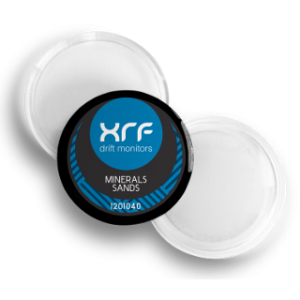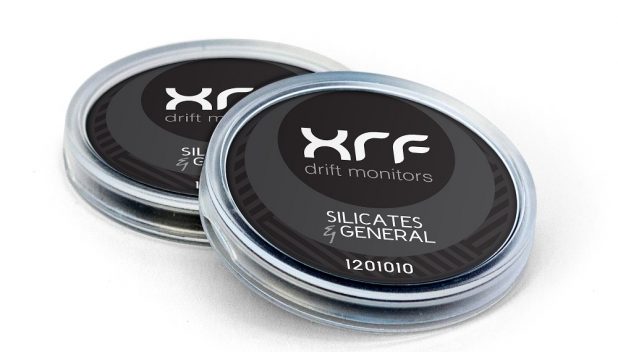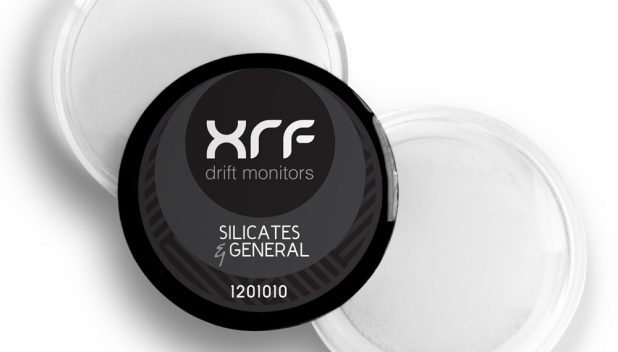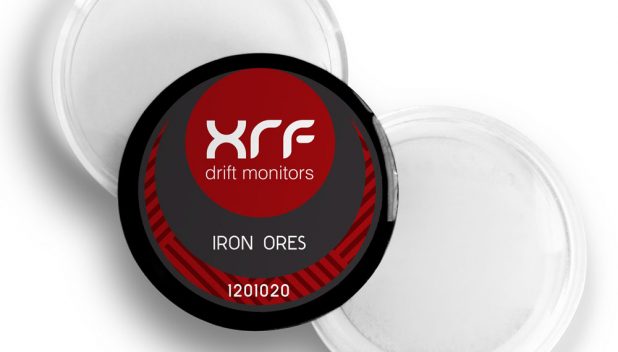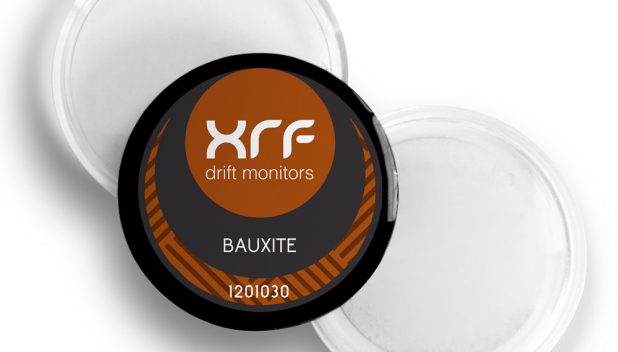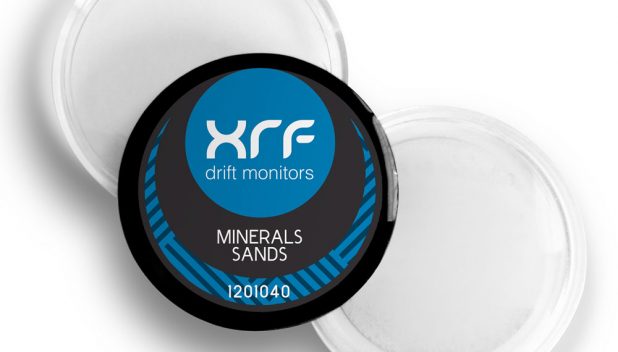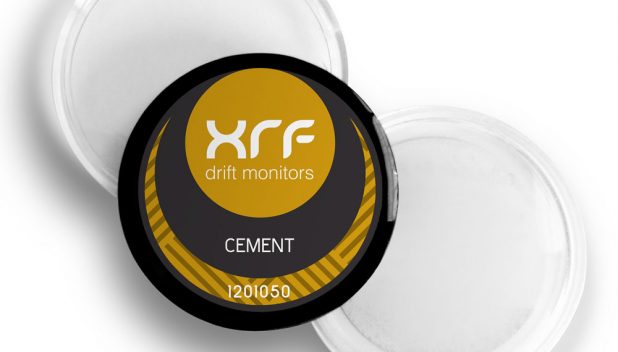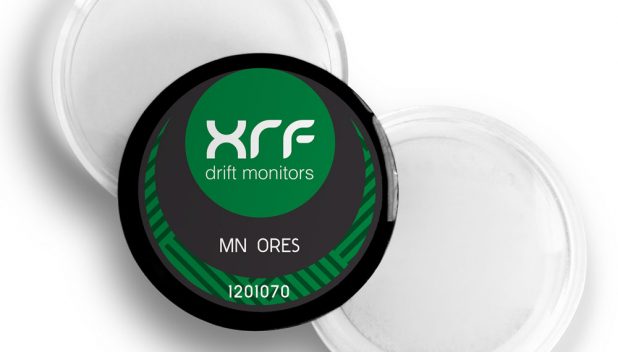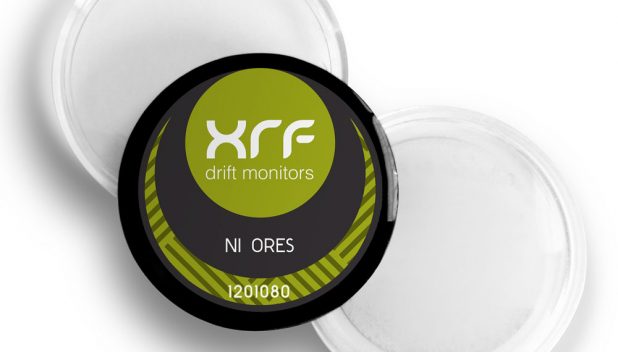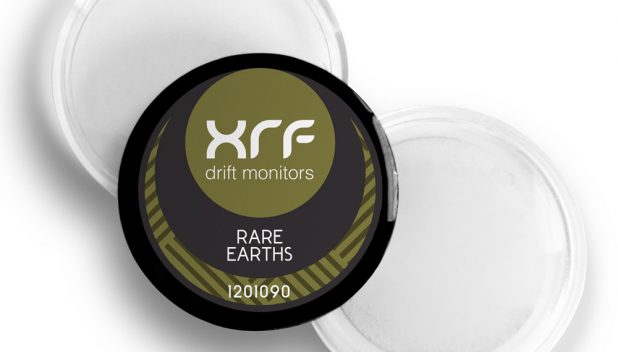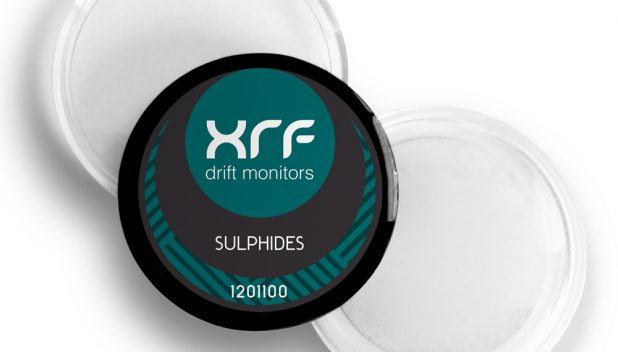Ausmon Drift Monitor
Drift monitors are used to test the stability of the XRF instrument over time. They provide a simple way to test the repeatability of the set-up on a short term and long term basis. An accurate calibration for a series of elements in a product is a tedious and costly exercise.
The monitor composition is chosen to closely match the particular material under test. The use of a stable monitor means that the calibration procedure need only be carried out at long intervals. The monitors have been formulated so that they have appropriate count rates when analysing the different ores and products. The monitors contain little flux and have good long-term stability. Most monitor types have been in use for many years. They are polished flat so that they can be mounted precisely and are easily cleaned.
The XRF Scientific drift monitor Ausmon has been developed based on many years experience of creating stable repeatable beads and is available across all the common analysis requirements.
| Drift Monitor Type | Elements | Code | Diameter |
|---|---|---|---|
| Silicates and general | 52 | 1202010 / 1201010 | 32/ 40mm |
| Iron Ore | 30 | 1202020 / 1201020 | 32/ 40mm |
| Bauxite | 31 | 1202030 / 1201030 | 32/ 40mm |
| Mineral Sands | 40 | 1202040 / 1201040 | 32/ 40mm |
| Cement | 23 | 1202050 / 1201050 | 32/ 40mm |
| Manganese | 15 | 1202070 / 1201070 | 32/ 40mm |
| Nickel | 25 | 1202080 / 1201080 | 32/ 40mm |
| Rare earths | 39 | 1202090 / 1201090 | 32/ 40mm |
| Sulphides | 32 | 1202100 / 1201100 | 32/ 40mm |





